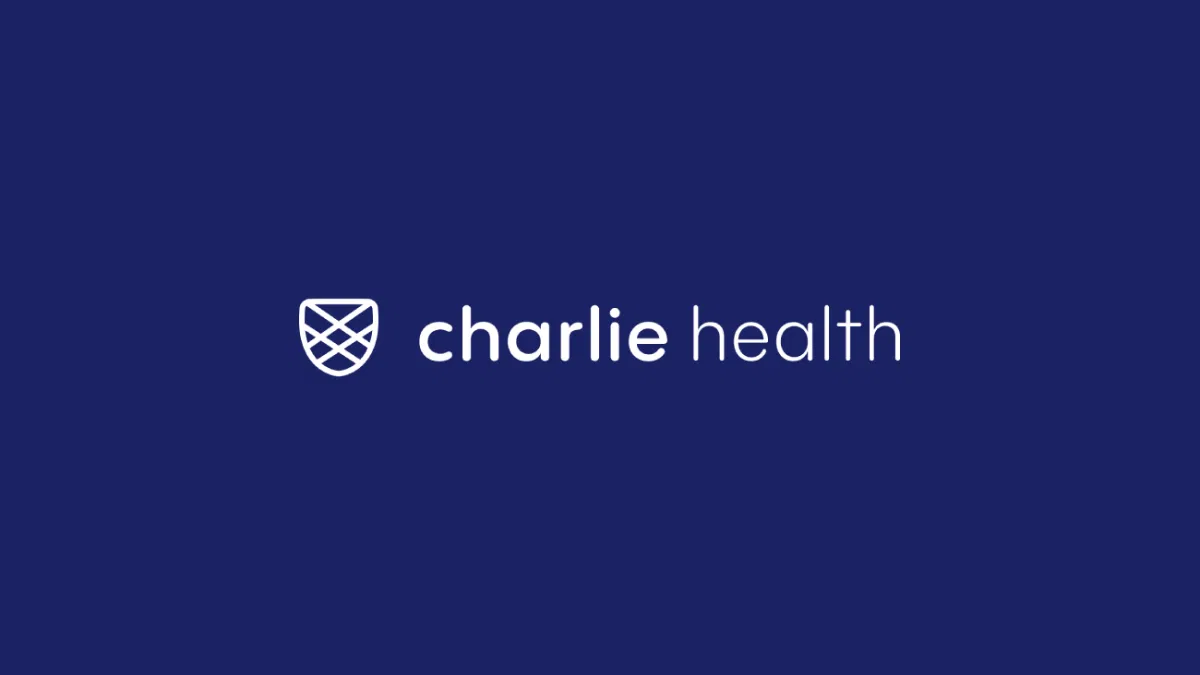
Table of Contents
What You Need to Know About Self-Harm and OCD, According to Experts

Written By: Ashley Laderer

Clinically Reviewed By: Clary Figueroa
December 18, 2024
7 min.
If you have OCD and engage in self-harming behaviors, you’re not alone. Keep reading to learn about the connection between self-harm and OCD.
Learn more about our Clinical Review Process
Table of Contents
Trigger warning: Self-harm, suicide. If you’re experiencing suicidal thoughts or are in danger of harming yourself, this is a mental health emergency. Contact The Suicide & Crisis Lifeline 24/7 by calling or texting 988.
If you have obsessive-compulsive disorder (OCD), you’re no stranger to seemingly never-ending loops of intrusive thoughts, obsessions, and compulsive behaviors that negatively impact your life. For some people with OCD, the emotional distress, pain, and shame feel like too much to cope with, leading to unhealthy coping mechanisms. One example of an unhealthy—and potentially dangerous—coping mechanism is self-harm, which refers to causing physical harm to yourself on purpose through actions like cutting, scratching, and burning.
It’s estimated that around 7% of people with OCD also engage in self-harm. To make things more complicated, many people with OCD have intrusive thoughts about hurting themselves, even if they don’t want to act on these thoughts, which is sometimes referred to as harm OCD. Read on to learn about the link between self-harm and OCD, intrusive thoughts about self-harm, treatment options, and more.

Treatment for serious mental health conditions, including self-harm and OCD
Virtual, intensive therapy from the comfort of your home.
The link between self-harm and OCD
People engage in self-harm for many reasons, including trying to cope with difficult emotions or distract themselves from emotional pain. Here are some reasons why people with OCD might be likely to self-harm.
1. Coping mechanism
“Living with OCD can lead to intense feelings of emotional distress and, at times, helplessness. Living with relentless intrusive thoughts, particularly those involving harm, contamination, or shame, can be overwhelming,” says Jonathan Kohlmeier, M.A. Senior Manager of Clinical Innovation at Charlie Health. “Someone with OCD might engage in self-harm as a way to cope with overwhelming emotional distress or to stop intrusive thoughts.”
This is especially the case if someone doesn’t have healthy coping skills to deal with their intrusive thoughts or obsessions in a positive way since self-harm is a maladaptive coping mechanism.
2. Control
People with OCD may hurt themselves for other reasons, too. “Self-harm can serve as a way to exert control over their thoughts and emotions,” Jensen says. “It might be used to ‘punish’ oneself or attempt to neutralize or control intrusive thoughts, which are common in OCD.”
3. Co-occurring mental health conditions
Not to mention, many people with OCD have co-occurring conditions, like depression or generalized anxiety disorder –– which in and of themselves are risk factors for self-harm, Kohlmeier says. A whopping 90% of people with OCD have had another diagnosis, too.
Self-harm itself is not a mental health condition; rather, it’s a symptom linked to many other diagnoses. However, if someone meets specific criteria (such as self-harming more than five days within a year and constantly thinking about self-harm, they may be diagnosed with nonsuicidal self-injury disorder (NSSID), which is linked to suicidal ideation (AKA suicidal thoughts).
4. Getting stuck in a cycle
Once someone starts self-harming, it can be hard to stop. “The relief self-harm provides in the short-term can reinforce the behavior, making it more likely to recur,” Jensen explains. Another common scenario is feeling guilty for engaging in self-harm and then self-harming more to cope with this guilt, resulting in a vicious cycle.
The difference between self-harm and intrusive thoughts about self-harm
Self-harm
Intrusive thoughts about self-harm
Intentionally harming oneself, often as a way to cope with internal pain or overwhelming emotions.
Thoughts about self-harm that are unwanted and not aligned with a person’s true desires, often leading to anxiety and compulsive behaviors like hiding sharp objects or seeking reassurance.
Many people with OCD (especially the harm OCD subtype) experience intrusive thoughts about harm in some way or another, including self-harm. Having unwanted intrusive thoughts about self-harm and genuinely wanting to engage in self-harm are very different things. Harm OCD may also include troubling intrusive suicidal thoughts that you do not want to act on.
“The key difference here lies in the intent to self-harm,” Kohlmeier says. “When someone with OCD experiences intrusive thoughts or obsessions about self-harm, they typically find the thoughts to be not aligned with their actual desires.”
For example, you might have an intrusive thought about cutting yourself and then get immediately scared by this thought. This fear may lead to engaging in some kind of compulsive behavior, like hiding any nearby sharp objects or seeking reassurance from your loved ones, says Kohlmeier. “This is different from someone who may genuinely want to self-harm as that may lead to a sense of relief. The act is driven by a desire to cope with some internal pain rather than some obsessive thought or compulsive act,” he explains.
Self-harm OCD intrusive thoughts can be super confusing, and you might experience significant distress wondering what these thoughts mean. You may question if they actually are intrusive thoughts or if you actually have a true desire to self-harm. Or, if your intrusive thoughts are about suicide, you might question whether you’re truly suicidal. All of this can further contribute to the anxiety associated with OCD.
Treatment options for self-harm and OCD
If distress related to OCD is what’s driving the self-harm behaviors, it’s crucial to treat the underlying OCD. Therapy and medications are common treatments.
Therapy for OCD
The “gold standard” for OCD treatment is exposure and response prevention (ERP). ERP is a subtype of cognitive-behavioral therapy (CBT).
Engaging in compulsions reinforces obsessions, further fueling the cycle of OCD. ERP aims to break this cycle and help you learn that your obsessions and intrusive thoughts in and of themselves are not dangerous. “In ERP, individuals are gradually exposed to the thoughts or situations that trigger their anxiety while being prevented from engaging in compulsive behaviors,” Jensen says. “The goal is to help individuals tolerate the anxiety without resorting to compulsions.” Over time, exposure and response prevention therapy helps reduce the anxiety associated with the obsessions, allowing them to fade away more easily.
Harm OCD treatment with ERP, for example, may look like talking about an intrusive violent thought and creating an imaginary situation with your therapist. This is meant to cause you discomfort. From there, your therapist will tell you to sit in the discomfort and avoid engaging in any compulsions (whether mental or physical) until the anxiety subsides.
“Doing this repeatedly over time can reduce the emotional intensity of these thoughts. In essence, this helps retrain your brain to reduce the urges to engage in those compulsions,” Kohlmeier adds. “Your body starts to learn over time that you can have these thoughts but not act on them and still be okay.”
Some therapists may also use acceptance and commitment therapy (ACT) to treat OCD. This mindfulness-based therapy will help you learn to accept your intrusive thoughts rather than fight against them and live life according to your values.
Medication for OCD
In some cases, your therapist may refer you to a psychiatrist who can prescribe medication. For many people, a combination of medication and therapy, such as ERP, is the most effective course of treatment. Antidepressants called selective serotonin reuptake inhibitors (SSRIs) are the most common first-line prescription options for OCD.
FDA-approved SSRIs for OCD are:
- Luvox (fluvoxamine)
- Paxil (paroxetine)
- Prozac (fluoxetine)
- Zoloft (sertraline)
Although less commonly used, a tricyclic antidepressant called Anafranil (clomipramine) may be prescribed if SSRIs don’t work.

Therapy for self-harm
As for addressing self-harm itself, dialectical behavior therapy (DBT) is a very helpful therapy modality. Charlie Health Primary Therapist Meghan Jensen, LPC, says DBT helps you improve your emotional regulation through mindfulness and developing healthy skills for tolerating distress without resorting to self-harm.
DBT for self-harm can help you:
- Practice mindfulness to be present in the moment while you observe your thoughts and feelings without judgment or giving in to an unhealthy urge to self-harm. This will ultimately reduce impulsivity, which is commonly associated with self-harm.
- Learn healthier ways to manage distress, such as practicing paced breathing, doing some intense exercise, or taking a cold shower.
- Learn to label, recognize, and regulate emotions. Emotional dysregulation is frequently linked to self-harm, so learning how to regulate your emotions positively can help prevent instances of self-harm.
Additionally, CBT can also help you deal with self-harm by identifying your self-harm triggers and unhelpful thought patterns and helping you improve self-awareness to create healthier ways of thinking.

How Charlie Health can help
If you or a loved one is struggling with self-harm and OCD, Charlie Health may be able to help. Our virtual Intensive Outpatient Program (IOP) provides more than once-weekly mental health treatment for people who are dealing with serious mental health conditions, including OCD and self-harming behaviors.
We incorporate evidence-based treatments, such as ERP therapy and DBT skills, into individual counseling, family therapy, and group sessions. Additionally, we provide medication management when needed. With this kind of holistic treatment, you can find relief from OCD and stop self-harming. Fill out the form below or give us a call to start today.




